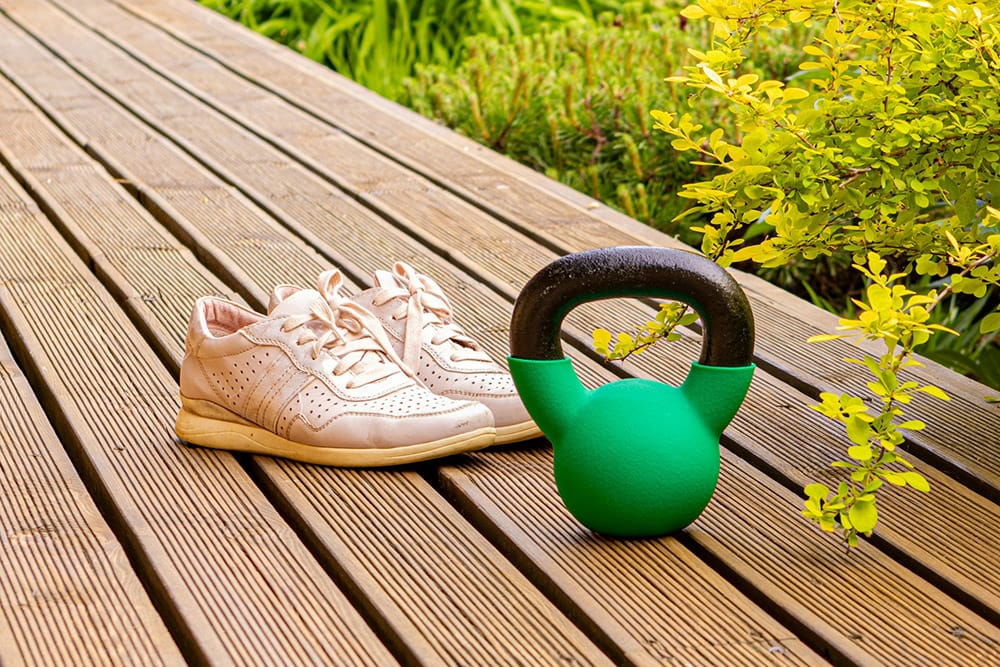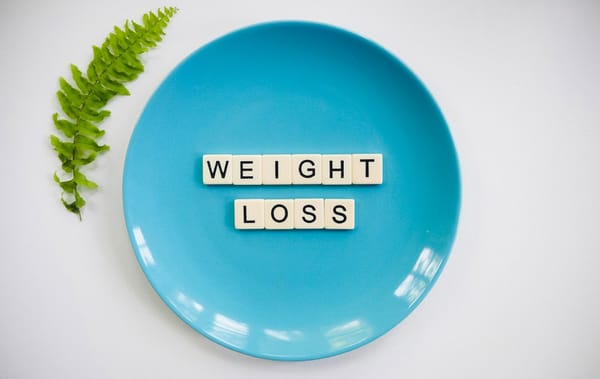TDEE and Metabolism: How They Work Together for Weight Management

Your Total Daily Energy Expenditure has a very important bearing on whether you would be losing fat, gaining muscle, or maintaining weight. It is, in other words, the amount of calories burned on a daily basis, directly dependent on metabolism, which in turn is involved in all processes by which the body transforms food into energy.
With a deeper understanding of the roles played by TDEE and metabolism, one can make better choices regarding diet and exercise plans. This article is going to show how TDEE works with metabolism to affect efforts to manage weight.
What Is Metabolism?
That is all the chemical reactions taking place within an organism to maintain life. It includes turning food into energy, healing tissue, and regulating all other bodily functions. Therefore, the metabolic rate (the speed with which the body breaks down calories) is directly responsible for how many calories one will burn daily.
There are two main components of metabolism:
- BMR (Basal Metabolic Rate): This is the number of calories your body needs to perform basic life-sustaining functions. That would include breathing, circulation of blood, and keeping your body at an appropriate temperature. This part of the metabolism is largest by far.
- Physical Activity: This basically involves the number of calories you are able to burn during one of the many activities that you perform, notably the normal exercises, walking, or even fidgeting. This aspect is dependent on your lifestyle and, hence, gives way to the most significant variability.
Thus, both BMR and physical activity help define your overall TDEE, which is nothing more than the total calories burnt by one’s body on a daily basis.
What Is TDEE?
Total Daily Energy Expenditure accounts for all of the burned calories over a 24-hour period. Along with your BMR, calories used during physical activity and thermic effect of food are accounted here for TDEE. To find TDEE, one first calculates BMR and then multiplies that number by an activity factor that is a reflection of one’s activity level, be it sedentary, lightly active, moderately active, or very active. The more active one is, the larger will the TDEE be.
Let’s say the BMR were 1,500 calories and the activity level hit a moderate 1.55; in that case, the TDEE would amount to 2,325 calories (1,500 x 1.55).
How TDEE and Metabolism Work Together
Knowing these two aspects, it is important to focus on how the two will work. Your TDEE is directly impacted by your metabolic rate. The higher your metabolic rate, the more calories you burn at rest, thus increasing your TDEE.
For example, individuals with a high BMR would also have a very high TDEE, simply because their bodies require a very high amount of energy for the completion of such essential functions. It’s exactly the same with a physically active person, they would have a higher TDEE simply because they burn more calories through moving.
In a nutshell, metabolism is the underlying factor needed to determine the calories you should be consuming for weight maintenance, loss, or gain. A fast metabolism may require a higher caloric intake for maintenance of weight; a slower metabolism may require a lower intake for the same effect.
How TDEE and Metabolism Affect Weight Management
In order to manage one's weight effectively, it is necessary to understand the relationship that exists between TDEE and metabolism. Here is how TDEE and metabolism affect weight management according to each:
- Weight Loss: In order to lose weight, a calorie deficit must be created whereby one eats less than their TDEE. In such a case, a slower metabolism proves to be more challenging in achieving weight loss since lesser calories would be burnt at rest. However, increasing physical activity with a move toward healthy eating will still sway a person into a calorie deficit and, thus, weight loss.
- Weight Maintenance: If the goal is to sustain one's current weight, then the intake should be equal to TDEE. If it is a fast metabolism, then more may need to be eaten to keep holding it in place; if it is slower, then it will be less.
- Weight Gain: Again, just reverse that out; you need to eat more calories than your TDEE to gain weight. A faster metabolism may make it harder to gain weight since your body burns more calories. In that case, you might need to ingest an even higher caloric consumption in order to create that surplus.
Factors Influencing Metabolism and TDEE
There are keystones capable of causing variation in metabolism and, by extension, TDEE. Among them are:
- Age: Aging also brings the slowing down of metabolism. In this light, older adults may have a lower TDEE as well; in this situation, they may need to adjust their calorie intake.
- Gender: Due to the difference in muscle mass possessed by men over women, which consequently ends up burning more calories than the fat tissue present, the majority of times, men will show higher metabolic rates.
- Body Composition: Since muscle burns more calories at rest than fat, individuals with more muscle mass usually have higher TDEEs. Muscle mass can be raised through strength training, thus raising the metabolism alongside it.
- Hormones: Hormones are very dominant in metabolism regulation. For instance, thyroid hormones would come into play with the speeding up of metabolism; changes in these hormones could lead to weight changes.
- Diet: What food you take may also determine the speed of metabolism. Take protein, for example: it takes more energy to digest than fats or carbohydrates and, therefore, will slightly increase metabolism in its own way. In addition to that, small and more frequent meals taken all through the day may help to keep the metabolism going.
Ways to Boost Your Metabolism and TDEE
One can employ a number of different strategies to try to boost TDEE and metabolism:
- Build Muscle: Strength training and walking to increase muscle mass will help raise the metabolism, as muscle consumes more energy than fat.
- Stay Active: Working out regularly with both cardiovascular as well as resistance exercise can increase your overall TDEE, with more calories burnt each day.
- Eat Protein: A very high-protein diet which would moderately increase metabolism thanks to the thermic effect of food, responsible for the energy that is needed to digest more food.
- Stay Hydrated: Consuming water might just give you a tiny boost in metabolism, especially if it is ice-cold, whereby energy will be spent warming it to reach body temperature.
Conclusion
This article expounds the relation between TDEE and metabolism which is central to any sensitive or efficient weight management. It allows you to gauge your intake and source needs based on the energy output provided by TDEE calculation along with the metabolic rate. It will help with weight loss, fat gain, muscle gain, and maintenance of weight.
Stay active, eat well, and adjust your diet as needed to keep your metabolism and TDEE working for you.



